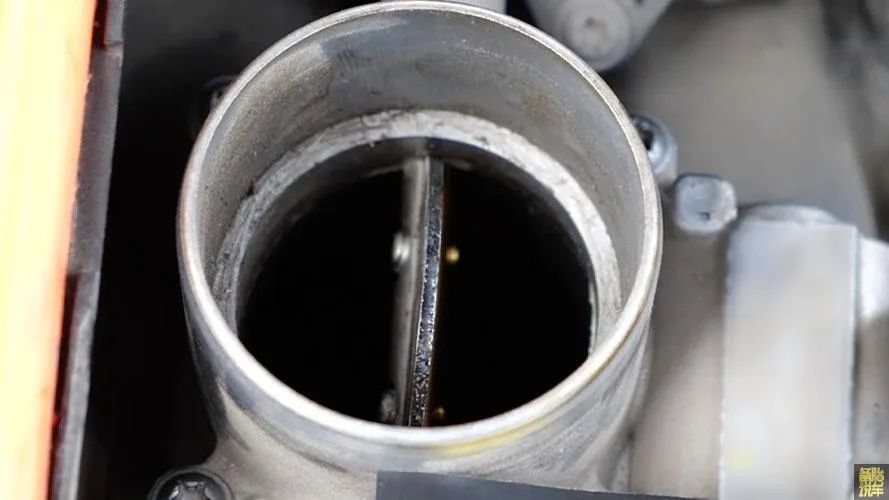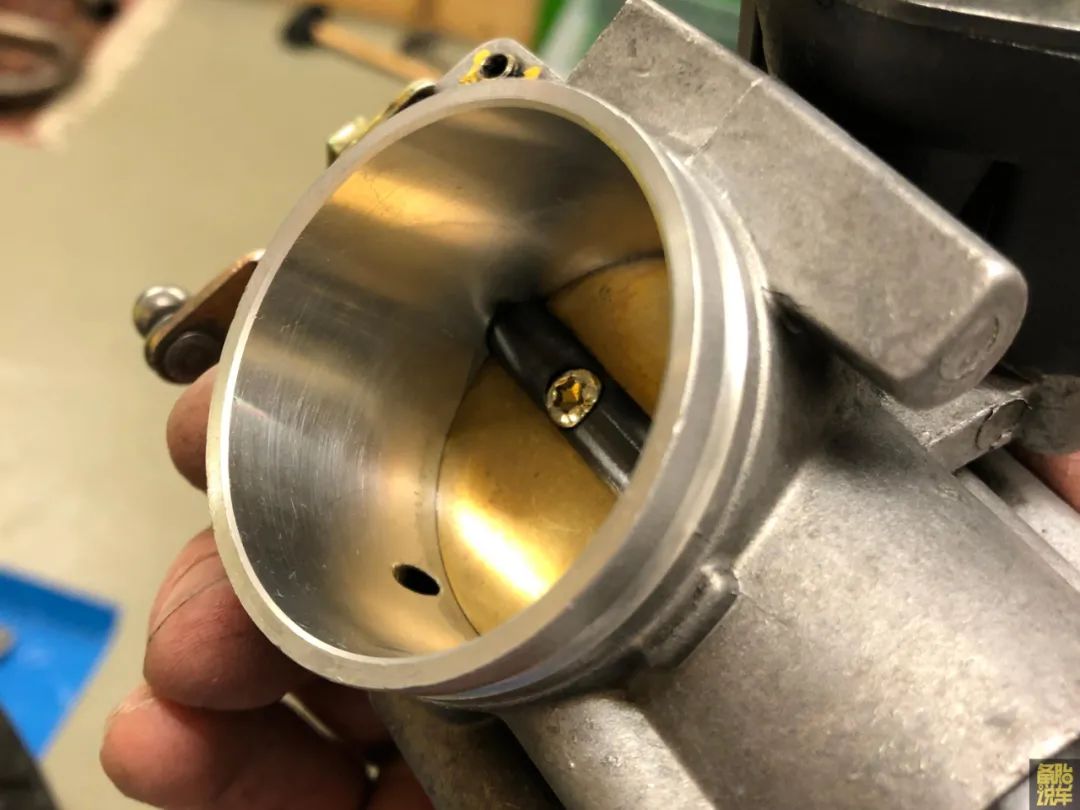“Many car owners are confused when mechanics recommend ‘throttle body cleaning’ during routine maintenance. Some wonder if this service is essential or just an upsell. This guide breaks down the facts, explains how throttle bodies work, and clarifies whether cleaning is truly needed. By the end, you’ll know when to say ‘yes’ and when to avoid unnecessary costs.”
1. Introduction
Many car owners are confused when mechanics recommend “throttle body cleaning” during routine maintenance. Some wonder if this service is essential or just an upsell. This guide breaks down the facts, explains how throttle bodies work, and clarifies whether cleaning is truly needed. By the end, you’ll know when to say “yes” and when to avoid unnecessary costs.

2. Throttle Body Cleaning: Maintenance or Repair?
Contrary to what many believe, throttle body cleaning is not a regular maintenance task. Most vehicle manuals don’t list it as part of scheduled servicing. Instead, it’s a repair procedure triggered by specific issues.
What’s a throttle body?
The throttle body controls airflow into the engine. When you press the gas pedal, it opens to let air mix with fuel for combustion. Over time, carbon deposits and oil residue can build up on its surface.
Why do mechanics push it?
Throttle bodies can get dirty, especially in stop-and-go traffic or dusty environments. However, modern cars are designed to handle minor buildup. Cleaning is only necessary if the buildup causes performance problems.

3. Self-Adjusting Throttle Bodies
Most vehicles today use electronic throttle bodies with self-calibration features. These systems automatically adjust for minor dirt or wear, preventing issues like rough idling or stalling.
How does self-adjustment work?
Sensors monitor airflow and throttle position. If deposits slightly block airflow, the system compensates by opening the throttle wider. This ensures smooth operation without manual cleaning.
When does it fail?
Severe buildup or mechanical wear can overwhelm the system, triggering warning lights (e.g., “Check Engine” or “EPC”). At this point, cleaning becomes necessary.

4. When Should You Clean the Throttle Body?
Clean the throttle body only if you notice these symptoms:
- Rough idling: The engine shakes or stalls at stoplights.
- Delayed acceleration: The car hesitates when pressing the gas pedal.
- Higher fuel consumption: Poor airflow disrupts the air-fuel mix.
- Warning lights: The “Check Engine” or “EPC” light turns on.
If none of these occur, skip the service. Cleaning a functional throttle body wastes money and may damage its protective coating.
5. Why Modern Throttle Bodies Rarely Fail
With proper care, throttle bodies last the vehicle’s lifetime. Here’s why:
- Oil quality matters: High-quality synthetic oil reduces sludge and carbon buildup in the engine and throttle body.
- Air filters protect: Regularly replacing air filters (every 15,000–30,000 miles) prevents dust from entering the system.
- PCV systems help: Positive Crankcase Ventilation (PCV) systems recycle oil vapors, minimizing residue in the throttle body.
6. Common Myths Debunked
Myth 1: “Cleaning improves performance.”
Truth: A clean throttle body won’t boost power unless it was severely clogged. Most drivers notice no difference.
Myth 2: “Clean every 30,000 miles.”
Truth: No fixed interval exists. Clean only when symptoms appear.
Myth 3: “DIY cleaning is easy.”
Truth: Improper cleaning can damage sensors or coatings. Let professionals handle it.

7. How Mechanics Detect Throttle Body Issues
Mechanics use several methods to detect throttle body issues:
- Diagnostic scans: Tools read error codes (e.g., “P2119 – Throttle Body Malfunction”).
- Visual inspection: Removing the intake hose reveals dirt levels.
- Live data monitoring: Mechanics check if the throttle opens correctly during acceleration.
8. What If You Ignore a Dirty Throttle Body?
Leaving severe buildup unaddressed may cause:
- Permanent sensor damage.
- Engine misfires.
- Increased wear on spark plugs and fuel injectors.
However, these outcomes are rare. Most drivers repair the issue long before major damage occurs.

9. Cost of Throttle Body Cleaning
The cost of throttle body cleaning varies depending on where you go:
- Dealerships: $150–$300 (includes diagnostics and recalibration).
- Independent shops: $80–$150.
- DIY kits: $10–$20 (risky without technical knowledge).
Tip: Ask for a pre-inspection. If no symptoms exist, decline the service.
10. Key Takeaways
Here are the key takeaways from this guide:
- Throttle body cleaning is a repair, not routine maintenance.
- Modern electronic throttle bodies self-adjust for minor dirt.
- Clean only when experiencing performance issues or warning lights.
- Prioritize oil changes and air filter replacements to prevent buildup.
By understanding these points, you’ll avoid unnecessary expenses and keep your car running smoothly.
Final Tip
Always follow your vehicle’s maintenance schedule and use high-quality parts. When in doubt, consult a trusted mechanic—not the dealership’s upsell list.
